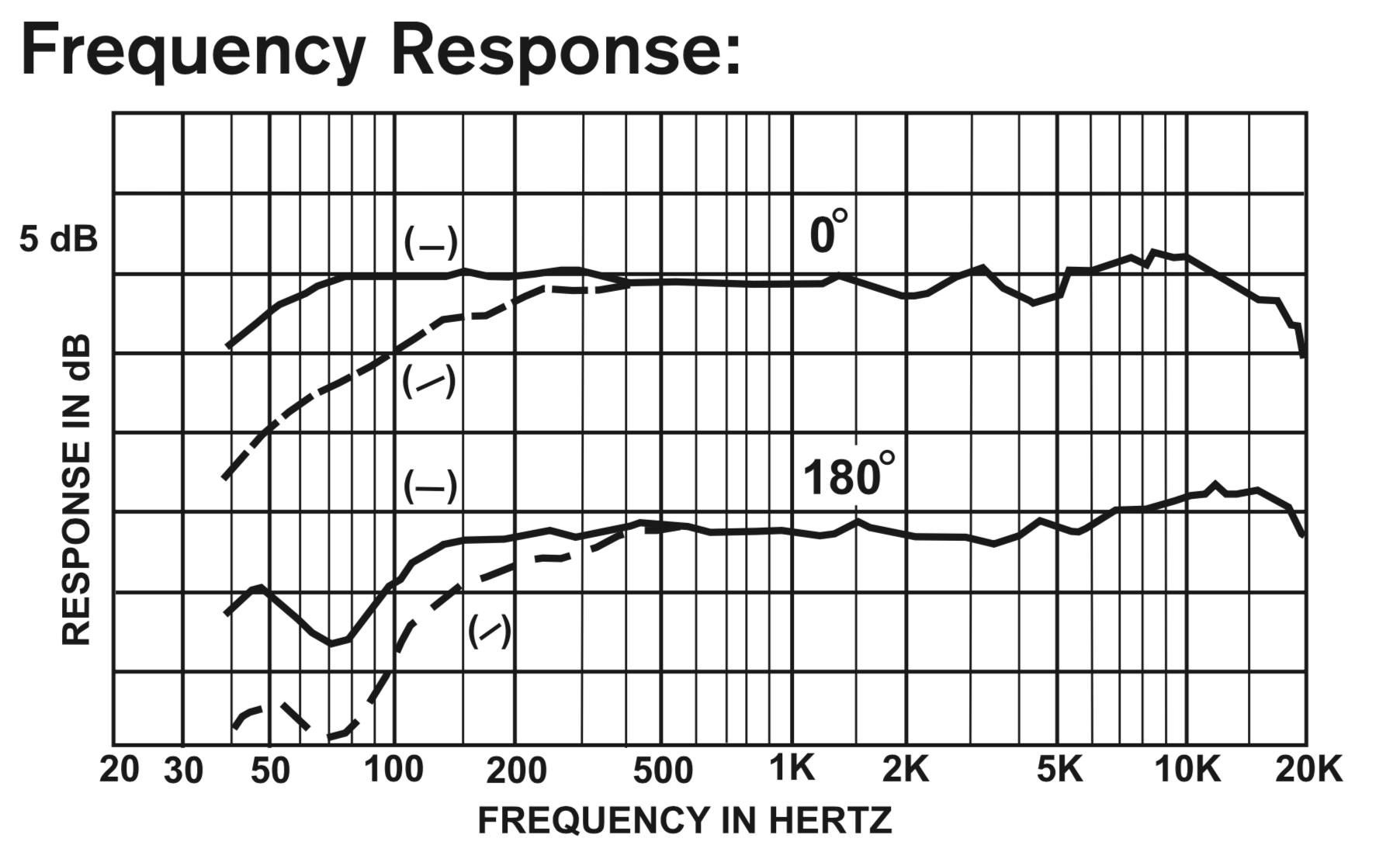RE320
Price: $300
Freq Resp: 45Hz - 18kHz
Polar Ptrn: Cardioid
Sensitivity: ~ -52dB
Impedance: 150-Ohms
RE20
Price: $450
Freq Resp: 45Hz - 18kHz
Polar Ptrn: Cardioid
Sensitivity: ~ -56.5dB
Impedance: 150-Ohms
RE27 N/D
Price: $500
Freq Resp: 45Hz - 20kHz
Polar Ptrn: Cardioid
Sensitivity: ~ -52dB
Impedance: 150-Ohms
Today we're comparing three of the most popular microphones for podcasting, radio broadcasting, and let's play gamers; the Electro Voice RE320, RE20, and RE27 N/D.
The build quality of all of these microphones is nearly identical. They have the same chassis for the most part, with minor cosmetic differences. There are vents that run the length of the body that allow for the variable D technology to decrease the proximity effect. They all have a steel body and a good amount of weight to them. The RE320 & RE20 have a single high pass (low cut) switch, while the RE27 N/D has 3 switches, (2) high pass switches, and (1) high cut switch.
The frequency response of these mics vary pretty significantly. The RE320 has a minor bass boost of 1dB between 150 & 250 Hz, and then has a relatively flat mids section. There is a significant 5dB presence and treble boost from 3.5kHz to 10kHz. It flattens between 13-15kHz and then cuts the remainder of the air. The RE20 has the flattest response, remaining consistant between 70Hz and 400Hz with multiple 1-2dB cuts between 400Hz and 5kHz which is followed by a 1-2dB boost from 5kHz - 12kHz at which point it gradually rolls off the air frequencies. The RE27 N/D has a flat bass and mid section with a significant boost beginning at 1kHz peaking at 5dB around 4kHz. And then begins to roll off at 8kHz gradually all the way up to 20kHz.
When it comes to the overall performance of these microphones, they are very different. The RE320 is a very bright microphone with a significant presence and treble boost. This allows your voice to really stick out and pop, but to me it sounds top heavy. It did sound the best on the electric guitar and acoustic guitar out of all three mics.
The RE20 had the most neutral sound with minor cuts and boosts throughout the frequency response. The minor cuts to the mids does make it sound on the verge of being scooped, but it's not terrible. Out of all of the mics in this comparison, it sounded the best for singing and spoken word.
The RE27 N/D was the most jarring of the 3 microphones. It's natural boost was very unflattering on voice, so much so that I had to run it with the high cut enabled. Due to the boost starting at 1kHz, it tended to have a honkier tone. Additionally, the off axis coloration was the least flattering on this microphone.
RE320 Freq Resp
RE20 Freq Resp
RE28 Freq Resp
With all that analysis, the WINNER of this versus series is the Electro Voice RE20. I chose this microphone in lieu of it's flaws. Those being it has the quietest output of all the microphones in this comparison, and the minor cuts in the mids make it sound on the verge of sounding scooped. The main reason I did pick it though is due to the it having the flattest and most neutral tone. However, this is a tone that I personally prefer for spoken word and singing, so this may not be for everyone.
If you have any questions, or want to provide your input, please leave a comment on the youtube video.
Buy the Electro Voice RE-320
US: http://amzn.to/2hmCSup
UK: N/A
CA: N/A
DE: http://amzn.to/2fEkFbE
Buy the Electro Voice RE-20
US: http://amzn.to/2AIXoC2
UK: http://amzn.to/2yv4KTC
CA: http://amzn.to/2AI2XR3
DE: http://amzn.to/2jW1xb7
Buy the Electro Voice RE27 ND
US: https://amzn.to/2lQoZaz
UK: N/A
CA: N/A
DE: https://amzn.to/2MHkqdN
Buy the Focusrite Scarlett 2i2 (2nd Gen)
US: http://amzn.to/2vDFbzK
UK: http://amzn.to/2w8O2f6
CA: http://amzn.to/2wKGKfG
DE: http://amzn.to/2wVYnfL









